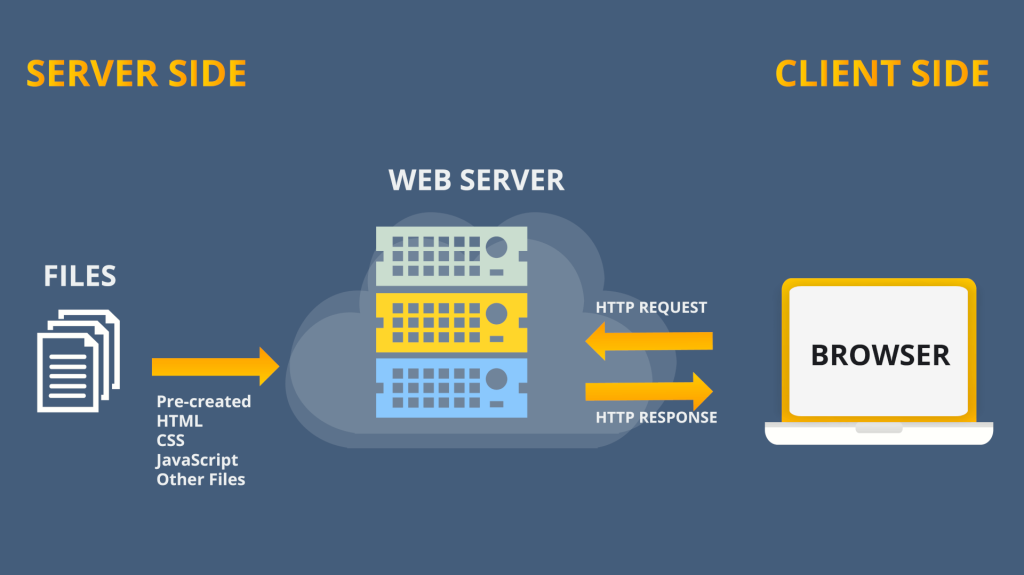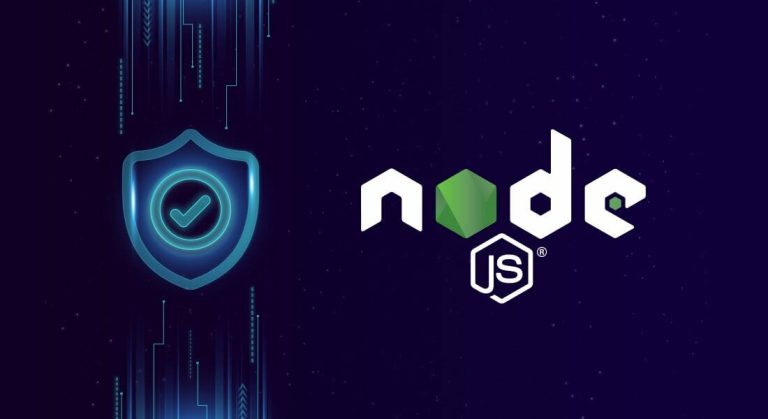Introduction to Server-Side Programming
A server-side scripting language is a programming language designed for the development of dynamic web pages and applications that run on a web server. Unlike client-side scripting languages, which are executed on the user’s browser, server-side scripts are processed on the web server before the resulting content is sent to the user’s browser.
Server-side scripting is commonly used to generate dynamic web pages, handle form submissions, interact with databases, and perform other server-side tasks. The server-side script is responsible for processing requests, performing computations, and generating HTML or other content dynamically based on the user’s input or specific conditions.
Examples of popular server-side scripting languages include:
- PHP: A widely-used scripting language designed for web development. PHP is embedded within HTML code and can be executed on the server to generate dynamic content.
- Python (with frameworks like Django or Flask): Python is a versatile programming language used for various applications, including web development. Web frameworks like Django and Flask facilitate server-side scripting in Python.
- Ruby (with Ruby on Rails): Ruby is a dynamic and object-oriented programming language, and Ruby on Rails is a web framework that simplifies the development of web applications using Ruby.
- Node.js (using JavaScript): While JavaScript is traditionally associated with client-side scripting, Node.js allows developers to use JavaScript on the server side, making it a full-stack language.
- Java (with JavaServer Pages – JSP): Java is a general-purpose programming language often used for enterprise-level applications. JavaServer Pages (JSP) is a technology that enables the creation of dynamic web pages using Java.
- C# (with ASP.NET): C# is a programming language developed by Microsoft, and ASP.NET is a web framework that allows developers to build dynamic web applications using C#.

Server-side scripting languages play a crucial role in the development of web applications, enabling the creation of interactive and data-driven websites by processing user input and interacting with databases and other server-side resources.
Reference
https://developer.mozilla.org/en-US/docs/Learn/Server-side/First_steps/Introduction
https://www.crampete.com/blogs/introduction-to-server-side-programming-languages/


















